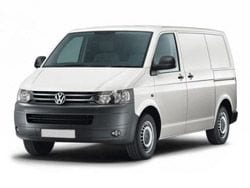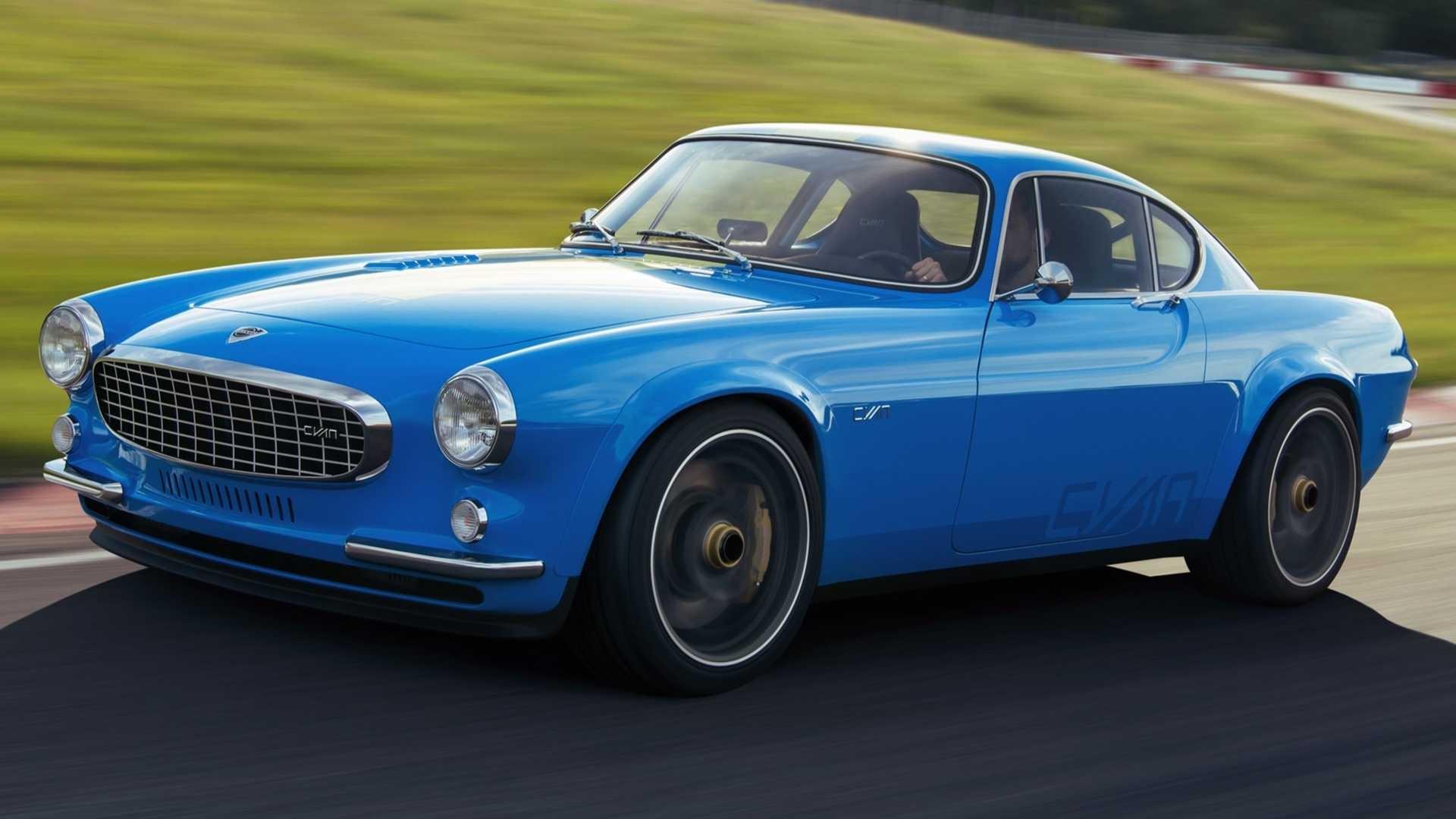
Volvo P1800
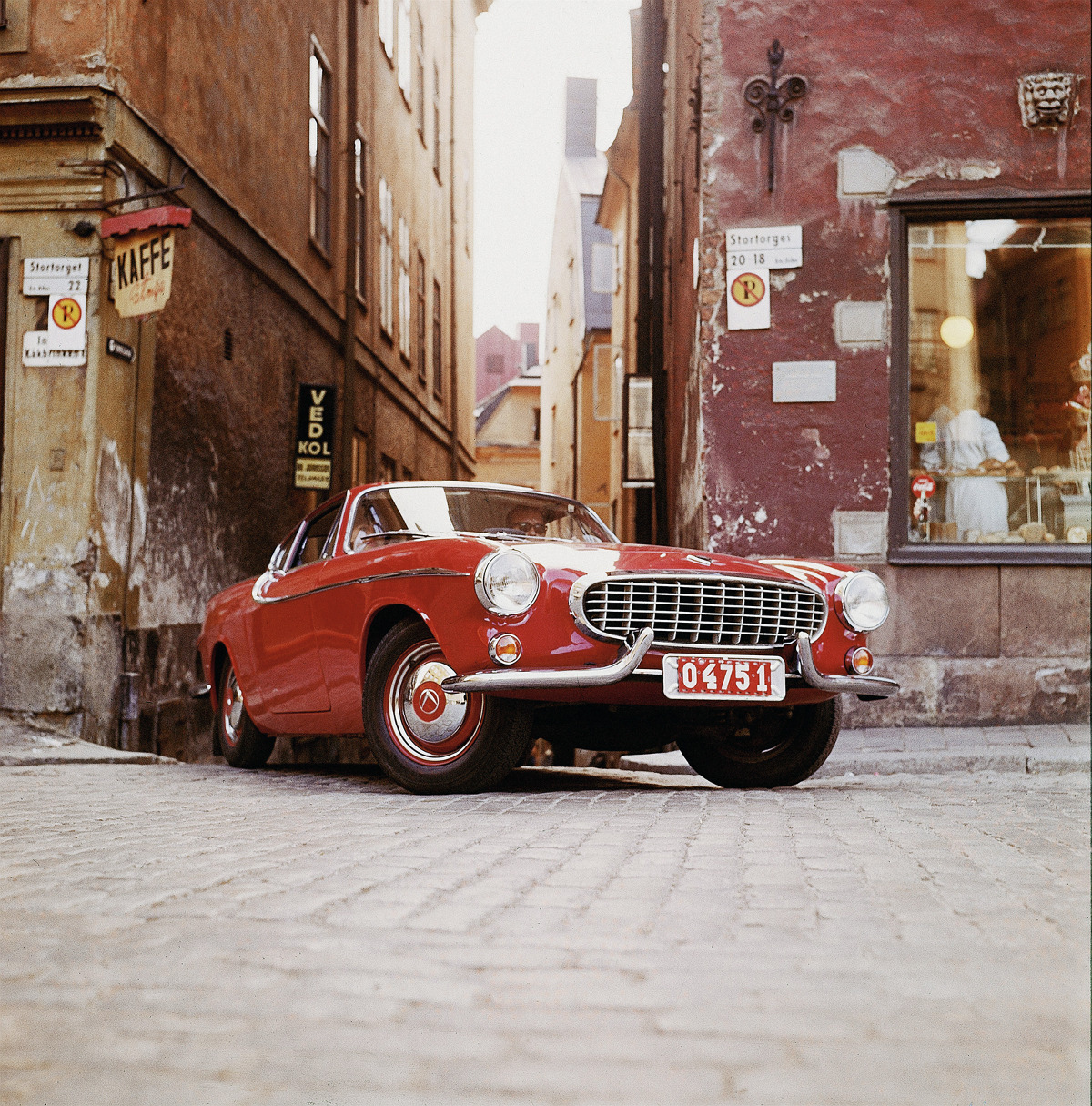 A coupe from a country where it is cold, dark and slippery for months on end must be different from models that have matured in the sun of southern Europe. And it's different. More and more people think it's a benefit.
A coupe from a country where it is cold, dark and slippery for months on end must be different from models that have matured in the sun of southern Europe. And it's different. More and more people think it's a benefit.
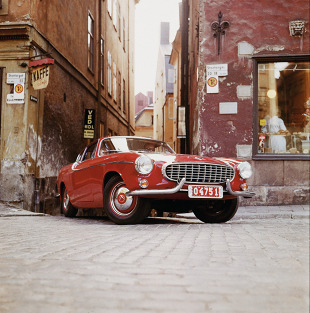 Karmann had been preparing to build a P1800 since 1957, but ended up with a Volkswagen built since 1955. Wolfsburg made the Osnabrück firm an offer they couldn't refuse: either Volvo or us. He was seriously afraid of a competitor from Scandinavia.
Karmann had been preparing to build a P1800 since 1957, but ended up with a Volkswagen built since 1955. Wolfsburg made the Osnabrück firm an offer they couldn't refuse: either Volvo or us. He was seriously afraid of a competitor from Scandinavia.
Finally, the Swedes presented a new model at an exhibition in Brussels in January 1960. In April, she was exhibited in New York. He was received very warmly, especially in America. In 1961 he was awarded a gold medal at the California Fair, and in 1962-63 he was the safety car during the 24 Hours of Sebring.
A little earlier, Volvo had an incident with a P1900 roadster with a plastic body. This time there was some improvisation. Self-supporting steel bodies were produced by the Scottish company The Pressed Steel Co. Ltd. and final assembly by Jensen Motor Ltd. in England, Lucas supplied the electrical system, Girling brakes and SU carburettors. The rear axle was from the American Spicer, shock absorbers from Delco, and Cinturato tires from Pirelli. The basis of everything was the shortened chassis of the Volvo 120 “Amazon” sedan.
The 18 liter B1,8B engine was a new overhead valve design with a crankshaft supported by five bearings. He has a reputation for being indestructible. It was mated to the M40 four-speed manual transmission, which featured an overdrive on the M41 version. Briefly, in the second half of the 60s, the 1800E version used a ZF gearbox to improve engine performance. Then he was replaced with his own, reinforced.
Press materials stated that the body was designed by the Italian studio Frua. The role of the young Swede Pelle Pettersson, who started his career there, was completely omitted. The Italian brand was then a great way to promote the car.
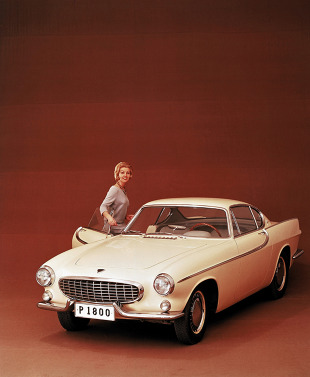 Not everyone has succeeded in this international company. Jensen had quality issues. Fortunately, Volvo has gradually opened a new factory in Torslanda, and space has become available at the fully loaded plant in Lundby. From April 1963, a winged coupe was installed there.
Not everyone has succeeded in this international company. Jensen had quality issues. Fortunately, Volvo has gradually opened a new factory in Torslanda, and space has become available at the fully loaded plant in Lundby. From April 1963, a winged coupe was installed there.
Volvo has quietly changed. The prototypes are identifiable by the large "V" on the air intake and the dual exhaust at the center rear. In 1964, the two-piece buffalo horn bumper disappeared. In August 1966, a shorter, straight sideband appeared. A year later, the interior was upgraded, including a three-spoke steering wheel, and from 1968 a more readable instrument panel with "wooden" trim. Then came the black air intake. In August 1971, its design was changed: curved vertical "bones" appeared.
It is believed that the company did not use the full potential of the model. He did not stand out in sports, although in 1967 he was second in his class in the 24 Hours of Daytona race. In 1968 it received a more powerful 2-litre B20B engine that gained about a dozen horses when it was fitted with Bosch Jetronic mechanical fuel injection a year later. Therefore, the model designation was changed to 1800E (from the German Einspritz - injection). Now all wheels had disc brakes. However, 130 hp, measured in addition to the optimistic American method, did not make much of an impression. Even the taciturn and taciturn Swedes whispered that the Volvo 1800 was an "old man racer".
At the turn of the 60s and 70s, the United States became the main recipient of this model. Motor Track magazine found that 83% of its users think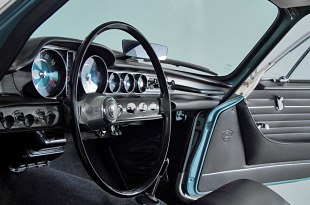 he wants a Volvo for his next car. Previously, only Porsche has achieved the same impressive result. In 1970, a 3-speed "automatic" Borg-Warner with a lever in the central tunnel was added to the list of options.
he wants a Volvo for his next car. Previously, only Porsche has achieved the same impressive result. In 1970, a 3-speed "automatic" Borg-Warner with a lever in the central tunnel was added to the list of options.
The car is old. Buyers complained about high windows and poor visibility from inside. Seeing the need for change, Volvo commissioned Italy to prepare potential successors. The result was a fastback and two station wagons: an avant-garde one and a quieter one, closer to the original P1800. The latter was chosen for production. It debuted in August 1971 as the 1800ES.
It was an attractive but niche shooter break. The opportunity to increase the space in the rear seat was not used, which would have entailed far-reaching modifications. This is how the unique 2+2 combination was created. A total of 8077 cars were built, making them an extraordinary "classic" not only for golf enthusiasts. The glazed, large, flat and easy-to-clean trunk is a great sleeping place for a couple of Labradors.
47 examples of all variants of the Volvo 462 were built. The coupe was the first to leave the scene in June 1800. A year later, the station wagon was discontinued. The car is undoubtedly "cult". So much so that in 1972 Matchbox added a Volvo 2010S model to the VW Karmanna-Ghia miniature. The solid construction of the car is visible in the massive silhouette. At the sight of her 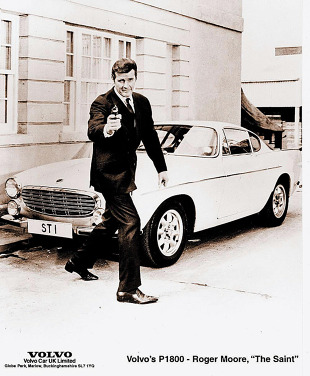 The pressure is jumping on everyone who remembers The Saint with Roger Moore. Contrary to past criticisms of this model, the Volvo 1800 is a true sports car. Not a sprinter, but a marathon runner.
The pressure is jumping on everyone who remembers The Saint with Roger Moore. Contrary to past criticisms of this model, the Volvo 1800 is a true sports car. Not a sprinter, but a marathon runner.
Impatient "Saint"
Jaguar was first approached for the Model E, but the company said delivery would take several months. The Volvo dealer promised the car in five days. So the P1800 coupe became the Saint's car. Four cars were used in the series filmed in 1962-69. The "saint" has always had an up-to-date model. Fifth was privately ridden by Roger Moore, who played the title role.
Straightening
The sporty Volvo was as rugged as the other models. They were produced for 12 years and changed little. First corrected the bumper, then the strip on the side. In mid-1968, more plastic appeared. Pictured is a 1967 car on the streets of Copenhagen.
son in conspiracy
Proposals for a sporty Volvo silhouette were submitted simultaneously by Helmer Pettersson, one of the "fathers" of the Volvo PV444, and Ghia's Luigi Segre. It was not until Pettersson's design was chosen that it was revealed that his son, Pelle Pettersson, was the author of the body.
This was the first serious task of the young designer. At that time it was led by Pietro Frua. Later, the Frua studio made prototypes of the P1800. Pelle Pettersson became famous as a sailor and yacht designer. In recognition of his services, he was awarded a medal in 2010 by King Carl XVI Gustaf of Sweden.
Selected technical data
Make a Model | Volvo P1800 | Volvo 1800E | Volvo 1800ES |
Yearbook | 1961 | 1970 | 1972 |
Body type / number of doors | cut/2 | cut/2 | station wagon / 3 |
number of seats | 2 + 2 | 2 + 2 | 2 + 2 |
Dimensions and weight | |||
Length / width / height (mm) | 4400/1700/1280 | 4350/1700/1280 | 4385/1700/1280 |
Wheel track: front / rear (mm) | 1315/1315 | 1315/1315 | 1315/1315 |
Wheelbase (mm) | 2450 | 2450 | 2450 |
Own weight (kg) | 1125 | 1155 | 1200 |
Luggage compartment volume (l) | 380 | 380 | 990 |
Fuel tank capacity (l) | 45 | 45 | 45 |
Drive system | |||
fuel type | gasoline | gasoline | gasoline |
Capacity (cm3) | 1779 | 1986 | 1986 |
Number of cylinders | 4 | 4 | 4 |
driving axle | rear | rear | rear |
| Gearbox: type/number of gears | manual / 4 | manual / 4 | manual / 4 |
| Performance | |||
HP power at rpm Torque (Nm) at rpm | 100/5500 145/4000 | 130/6000 166/3000 | 130/6000 166/3000 |
Acceleration 0-100 km/h (sec) | 14,4 | 11,3 | 11,3 |
Speed (km / h) | 165 | 177 | 177 |
Average fuel consumption (l / 100 km) | 10 | 10,5 | 10,5 |
